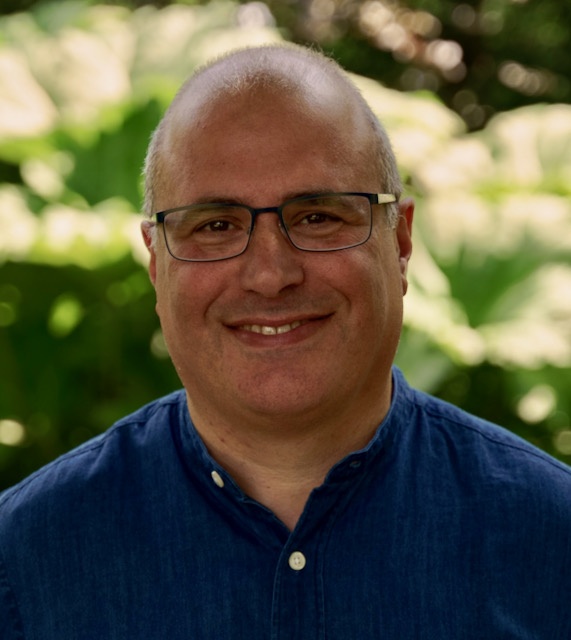Burma’s inspiring opposition leader, Aung San Suu Kyi has waged a decades long campaign against the country’s military dictatorship. Her approach and her non-violent principles both stem from her understanding of Buddhism and her Buddhist practice
Pt 1 Who is Aung San Suu Kyi?
The image of Suu Kyi’s diminutive frame, carried with extraordinary poise and imbued with iron determination, has become emblematic of the Burmese struggle. In photographs her grave, penetrating eyes gaze across crowds for whom she is the embodiment of their aspirations. Stories have gathered around her. The most famous is of an incident in 1989 when she was walking down a street with her followers and a party of soldiers jumped from a Jeep, assumed a kneeling position and took aim, while the commanding officer barked out a countdown to fire. She motioned the others aside and walked calmly down the centre of the road towards the soldiers. ‘It seemed simpler to provide them with a single target,’ she said. At the last moment a major intervened to stop the soldiers shooting.
During the six years that Suu Kyi was under house arrest, she was hailed as both a human rights activist and a resistance leader in the mould of Nelson Mandela. She was awarded the Sakharov and Rafto prizes as a political dissident and the 1991 Nobel Peace Prize. What is less frequently mentioned is that she is a Buddhist and her philosophy of non-violent opposition is expounded in explicitly Buddhist terms. She has to negotiate the difficult relationship between the Dharma and politics.
As she told the New York Times:
‘If you’re meditating and a mosquito comes and bites you, you have to think “Biting … biting … biting …. And you are aware that the mosquito is biting and you just keep sitting there. Politics is not like that. We try everything we can not hurt others and create feelings of antipathy. But if people are doing things that are unacceptable … we can’t just sit there and say, “They are doing it … they are doing it … they are doing it … ”’
Aung San Suu Kyi is the daughter of Aung San, the creator of Burma’s army and leader of resistance to the Japanese and then the British occupation. He is revered as the father of the Burmese nation. He was assassinated at the age of 32 (when Suu Kyi was just two years old) after a life of extraordinary achievement. His daughter was brought up as a devout Buddhist and educated in Calcutta and Oxford, before working for three years at The United Nations. She returned to Oxford to marry Michael Arris, an eminent Tibetologist, and then raised a family. She also continued her studies, fired by a desire to understand her father’s life and to comprehend the forces at work in her country. When the time came she was well-prepared.
That moment arrived with the 1988 ‘Democracy Movement’ against Burma’s dictators. Since 1962 the country had been ruled by the repressive military government of General Ne Win. It had declined from being one of the richest countries in Asia to one of the poorest in the world, on a par with Ethiopia and Chad. Its greatest asset – universal education based around the study of Buddhism – was stifled. By spring 1988 (the year of Glasnost and the prelude to Tienanmen Square) a new opposition movement demanding democracy and economic reform had started among Rangoon students.
Protests were met with violence and those arrested were often subject to rape and torture. In a series of huge demonstrations in the first weeks of August 1988, several thousand people, including Buddhist monks, were shot dead by government troops. The demonstrations, which had started peacefully, turned to violence as protesters threw stones and poison darts and even beheaded people. The protests expressed decades of accumulated rage at government violence, corruption and dictatorship, but they had no clear agenda. The opposition seemed to be heading for chaos and the country for civil war.
As these events were unfolding, Suu Kyi has returned to Rangoon from the UK to nurse her dying mother. She chose this moment to intervene, proposing a framework for discussion and urging restraint from violence from all parties. Then she made a public address (the first of more than a thousand in the following year)to a crowd of several hundred thousand people in front of the Shwedagon Pagoda the country’s foremost Buddhist monument. Her message was an appeal for restraint, discipline, the abandonment of violence and a clarification of the protest movement’s aims, which emphasised democracy and human rights.
Supported by her father’s reputation and her own moral stature, Suu Kyi’s ideas started to have an effect. For a while it seemed that, as the daughter of the country’s military hero, she could mediate between the generals and the people. In September 1988 she formed the National League for Democracy (NLD) together with senior disaffected military figures and by October the leaders of the protest movement had renounced violence and were seeing Suu Kyi as their natural leader. In July 1989, after a year of nationwide campaigning in the face of government obstruction, she was forcibly confined to her house, while her fellow NLD leaders were imprisoned. The government called elections, thinking that, with the opposition leaders in prison, their own candidates would dominate. In the event the NLD won 80 percent of the votes and its allies, representing minority ethnic groups, another 14 percent. The government declared the result void and redoubled its efforts to crush the opposition.
The international community responded with condemnation and, eventually, sanctions. But the Burmese government consolidated its position and Suu Kyi remained under house arrest. Little changed for nearly two decades, until the protest movements of 2008 and the dramatic events of spring 2012. Suu Kyi has remained the Burmese opposition’s leader, even when communication was impossible. Now she is able to return centre stage and reiterate her Buddhist message.
Part 2: Aung San Suu Kyi’s Buddhism
An earlier version of this article appeared in Dharma Life magazine Issue 1


